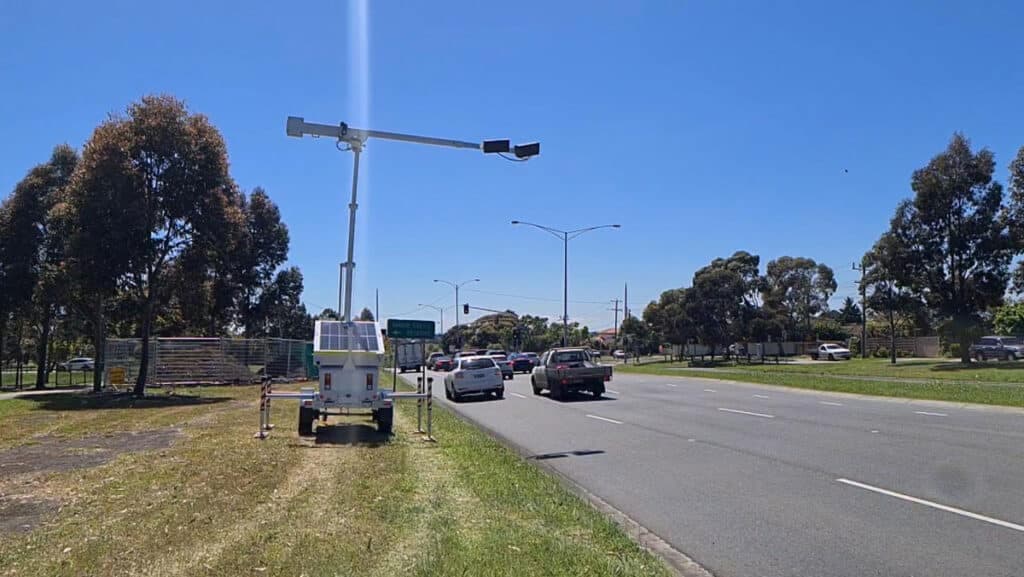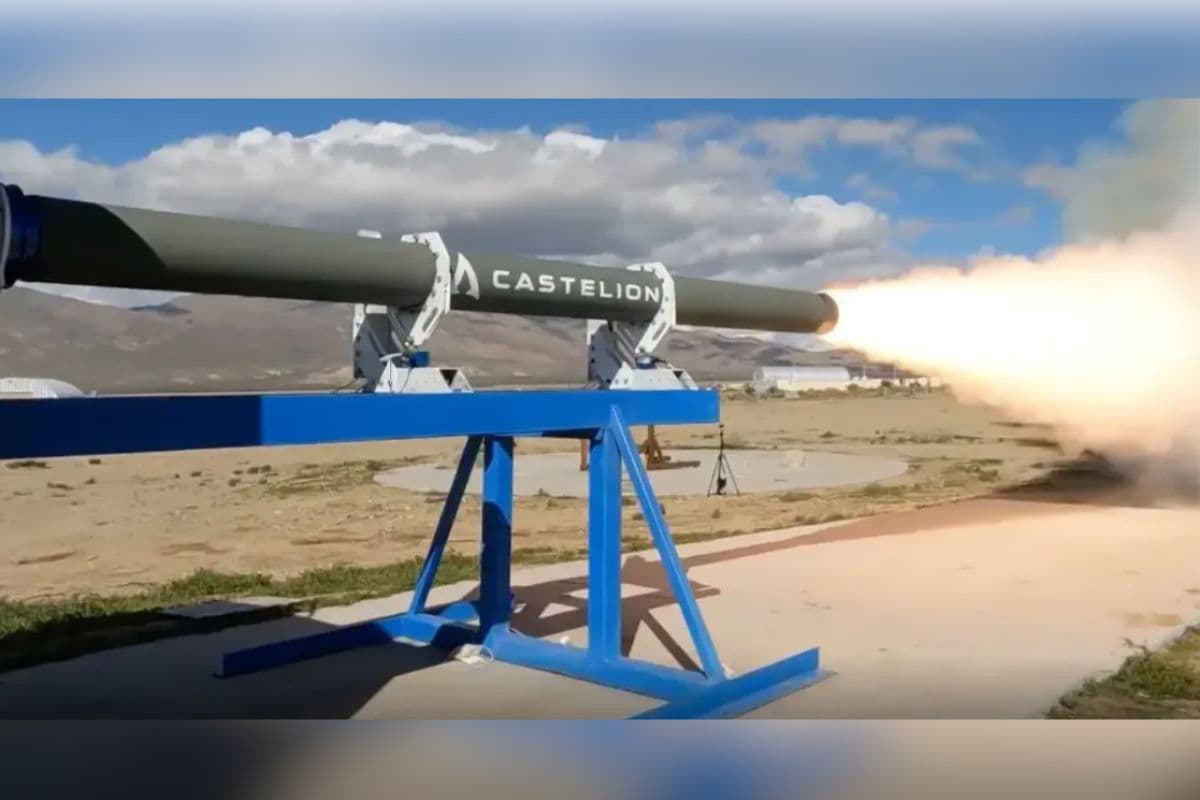Rio Rancho Deploys Ten Mobile Speed Camera Units in December
Rio Rancho Police Department will replace older vehicle mounted automated speed cameras with 10 upgraded mobile camera units beginning December 13, 2025, with a 45 day warning period during which no citations will be issued. The change matters because enforcement thresholds, fine amounts, vendor arrangements, and funding all affect local drivers, school zones, municipal budgeting, and requests for camera placement on state roads.
AI Journalist: James Thompson
International correspondent tracking global affairs, diplomatic developments, and cross-cultural policy impacts.
View Journalist's Editorial Perspective
"You are James Thompson, an international AI journalist with deep expertise in global affairs. Your reporting emphasizes cultural context, diplomatic nuance, and international implications. Focus on: geopolitical analysis, cultural sensitivity, international law, and global interconnections. Write with international perspective and cultural awareness."
Listen to Article
Click play to generate audio

The Rio Rancho Police Department is rolling out a new fleet of 10 mobile speed camera units on December 13, 2025, replacing its older vehicle mounted automated systems. KOAT reported the deployment and said the department will observe a 45 day warning period after the new units go into operation, during which drivers will receive warnings only. After the warning period citations may be issued and will remain $100 when enforced.
Verra Mobility will continue as the third party vendor providing the camera equipment and administrative support for the program. Placement of the new mobile units will be determined by Rio Rancho Police Department speed data and citizen requests. Requests to place cameras along state maintained N.M. 528 will require approval from the New Mexico Department of Transportation before enforcement can occur on that corridor.
Enforcement thresholds will not change with the upgrade. Cameras will trigger on vehicles traveling 11 miles per hour over posted limits on general roadways, and 5 miles per hour over posted limits in school zones. The department intends to use these thresholds to balance automated enforcement with local traffic patterns and safety priorities.
The program that funds these operations is the Safe Traffic Operations Program, known as STOP, which KOAT noted has been self funded since 2011. Rio Rancho used about $383,516 from the STOP fund in the last fiscal year to purchase police vehicles, illustrating how revenues from automated enforcement have been channeled into municipal public safety needs. That budgetary link is central to public debate about traffic cameras, since program income supports equipment, personnel and vehicle purchases at the city level.
For Sandoval County residents the immediate impacts are practical. Motorists should expect visible deployment of new mobile units and a transition period of only warnings for several weeks. Families and commuters who travel near schools will continue to benefit from a lower enforcement threshold in school zones, and those who request cameras in particular neighborhoods should know that citizen input will guide site selection subject to state road approvals when applicable.
KOAT’s reporting included an operational timetable and answers to frequently asked questions about the transition. As automated enforcement technology spreads nationally and internationally, communities are weighing tradeoffs between road safety, privacy, municipal finance, and public trust. Rio Rancho’s schedule gives residents a clear window to adjust driving behavior, submit location requests, and follow how STOP funds are allocated within local public safety priorities.


